Diptera.info :: Identification queries :: Diptera (adults)
Who is here? 1 guest(s)
Page 1 of 2: 12
|
|
Chloropidae hatched from Cerrena unicolor
|
|
| mossnisse |
Posted on 22-04-2012 13:05
|
|
Member Location: Sweden, UmeƄ Posts: 442 Joined: 19.01.12 |
Chloropidae hatched from Cerrena unicolor Cerrena unicolor is bracket fungi growing on Birch The fungi was collected in Northern Sweden Åsele lappmark, Åsele sn. 64,065°, 16,899° 2012-04-08. The flies hatched 2012-04-22 I can take pictures on more details if it would help. mossnisse attached the following image: 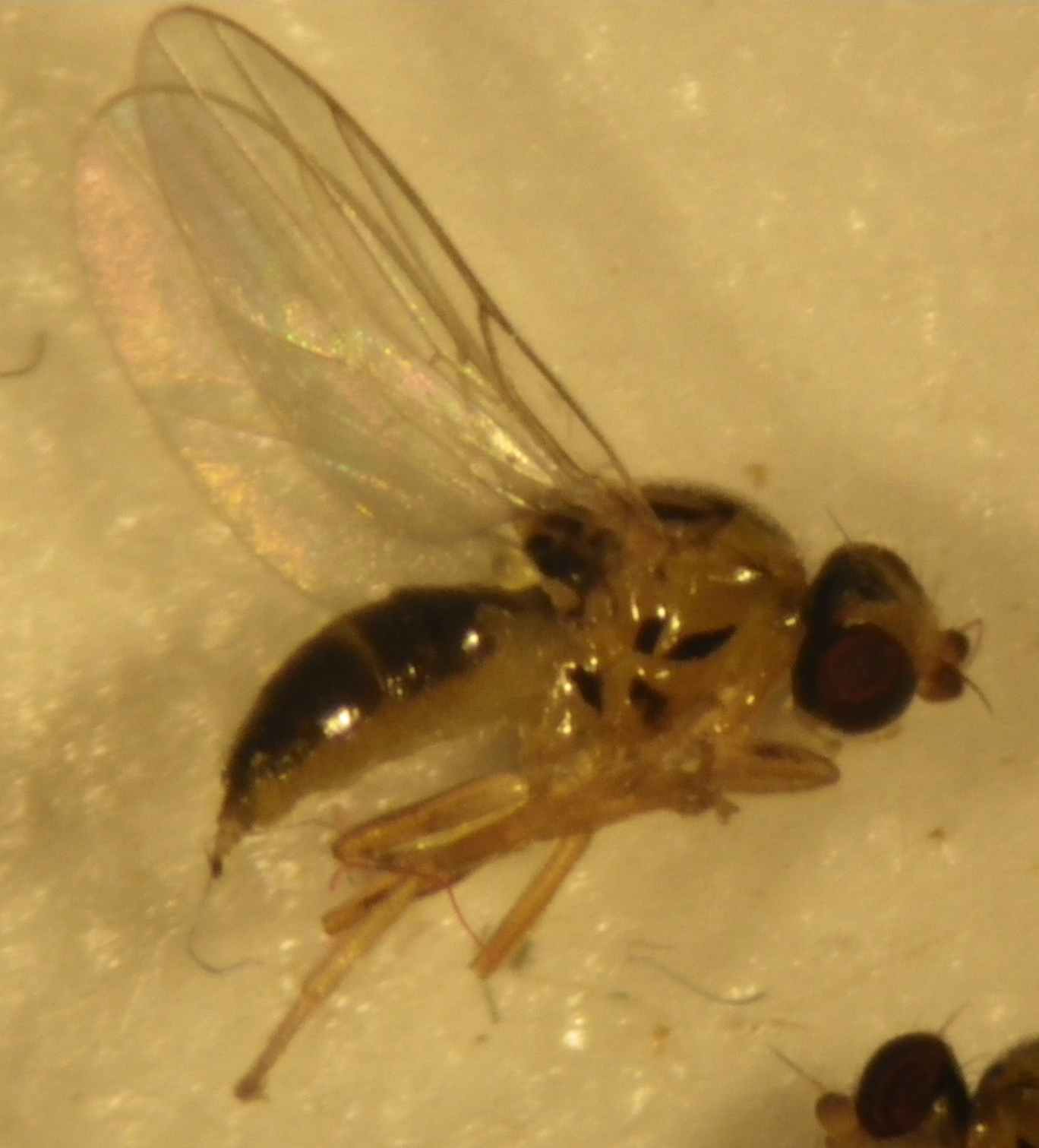 [112.74Kb] |
| mossnisse |
Posted on 22-04-2012 13:07
|
|
Member Location: Sweden, UmeƄ Posts: 442 Joined: 19.01.12 |
head
mossnisse attached the following image: 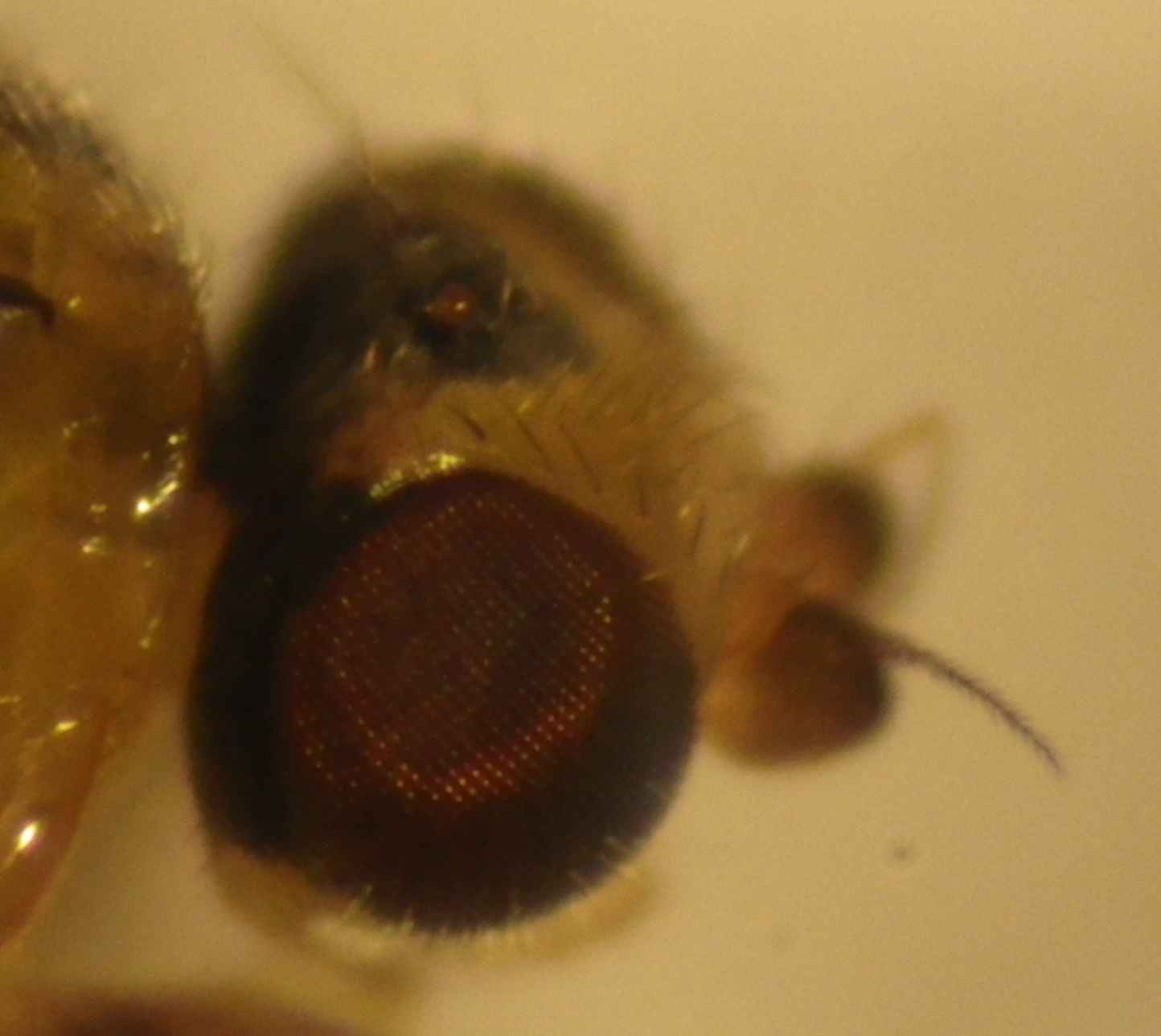 [99.08Kb] |
| mossnisse |
Posted on 22-04-2012 13:07
|
|
Member Location: Sweden, UmeƄ Posts: 442 Joined: 19.01.12 |
back
mossnisse attached the following image:  [104.56Kb] |
| mossnisse |
Posted on 22-04-2012 13:08
|
|
Member Location: Sweden, UmeƄ Posts: 442 Joined: 19.01.12 |
wing
mossnisse attached the following image:  [117.31Kb] |
| mossnisse |
Posted on 22-04-2012 13:08
|
|
Member Location: Sweden, UmeƄ Posts: 442 Joined: 19.01.12 |
the fungi
mossnisse attached the following image: 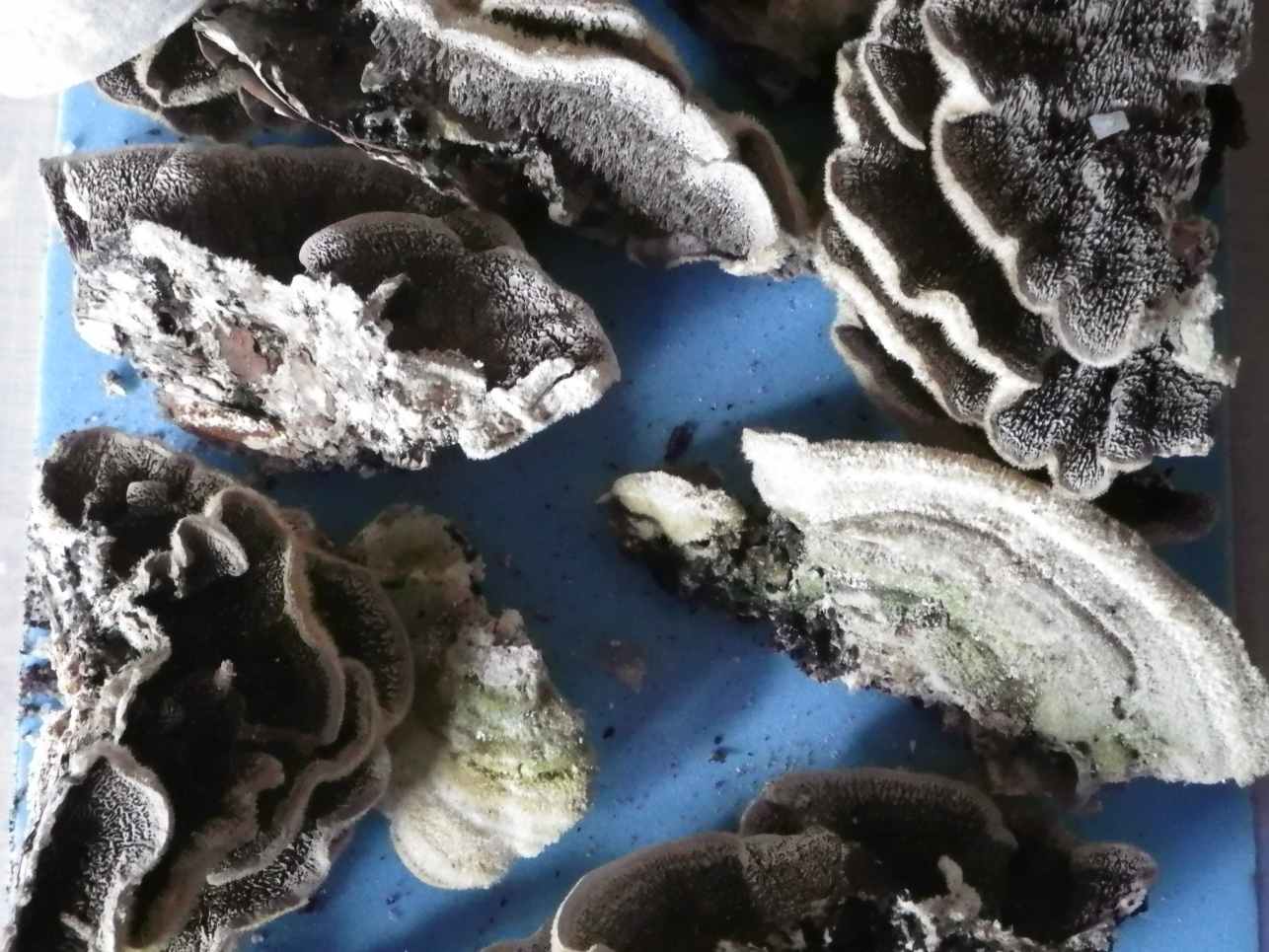 [165.06Kb] |
| Sara21392 |
Posted on 22-04-2012 14:25
|
|
Member Location: Posts: 1445 Joined: 07.11.10 |
That's Oscinellinae, please tell me does it have any strong preapical or apical spur on the posterior tibia?
Sincerely yours Sara |
|
|
|
| mossnisse |
Posted on 22-04-2012 14:38
|
|
Member Location: Sweden, UmeƄ Posts: 442 Joined: 19.01.12 |
There are no spure on posterior tibia
mossnisse attached the following image:  [85.05Kb] |
| mossnisse |
Posted on 22-04-2012 15:08
|
|
Member Location: Sweden, UmeƄ Posts: 442 Joined: 19.01.12 |
face
mossnisse attached the following image: 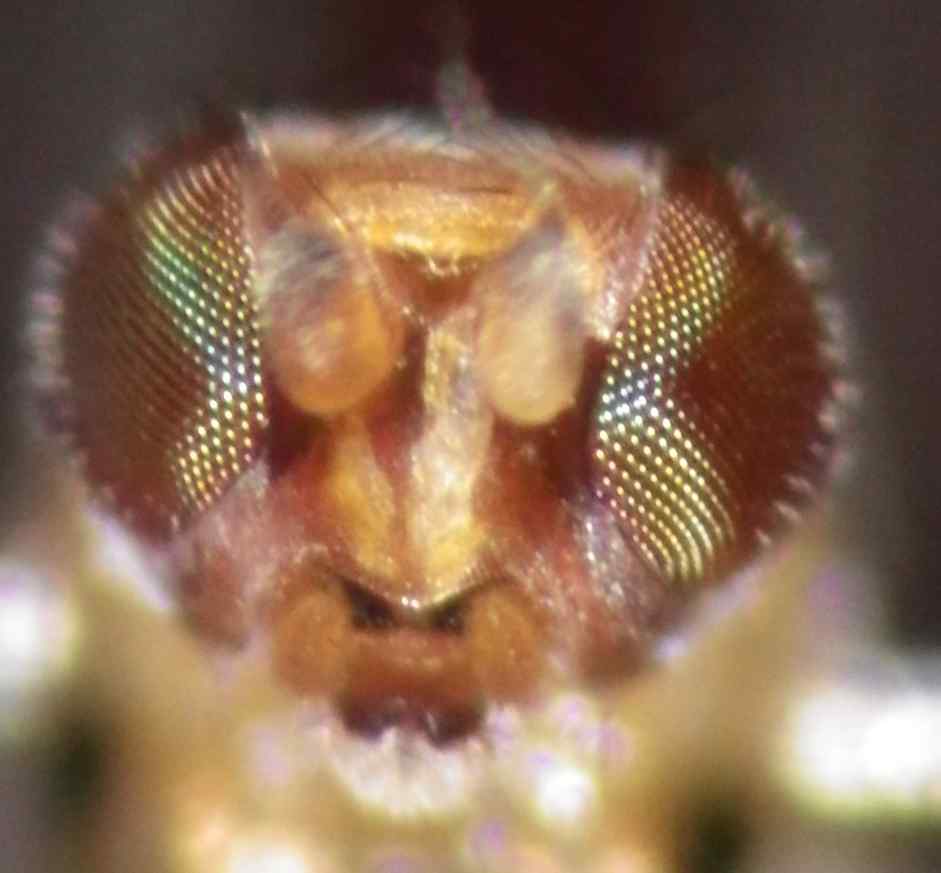 [84.64Kb] |
| mossnisse |
Posted on 22-04-2012 15:27
|
|
Member Location: Sweden, UmeƄ Posts: 442 Joined: 19.01.12 |
I tried to key it, and come to Conioscinella, but they should have black thorax. |
| Sara21392 |
Posted on 22-04-2012 15:27
|
|
Member Location: Posts: 1445 Joined: 07.11.10 |
I haven't seen already this species, but according my keys I can say perhaps Trachysiphonella sp. Any other idea is welcome to me definitely.  Would you please tell me in which key and how did you arrive to that? Thanks so much 
Edited by Sara21392 on 22-04-2012 15:30 Sincerely yours Sara |
|
|
|
| mossnisse |
Posted on 22-04-2012 15:38
|
|
Member Location: Sweden, UmeƄ Posts: 442 Joined: 19.01.12 |
Thanks. I think the ocellar triangle is big but indistinct and the face carinae is narrow and short only half the length of the face. |
| mossnisse |
Posted on 22-04-2012 15:54
|
|
Member Location: Sweden, UmeƄ Posts: 442 Joined: 19.01.12 |
What about Tricimba humeralis? |
| Sara21392 |
Posted on 22-04-2012 19:11
|
|
Member Location: Posts: 1445 Joined: 07.11.10 |
Tricimba has 3-5 deep impressed grooves on the scutum that I can't see such a character on it in the pics. If I have seen correct in the pics, vibrissal angle developed anteriorly?, frontal triangle is dusted and is very densely on and also is short. So I arrive to Trachysiphonella again?!! Edited by Sara21392 on 22-04-2012 19:11 Sincerely yours Sara |
|
|
|
| mossnisse |
Posted on 22-04-2012 20:26
|
|
Member Location: Sweden, UmeƄ Posts: 442 Joined: 19.01.12 |
There are some shallow grooves on the mesonotum. The nown Trachysiphonella from Sweden is Trachysiphonella pygmaea (Meigen, 1838), Trachysiphonella ruficeps (Macquart, 1835) & Trachysiphonella scutellata (von Roser, 1840). I can't find any information about them. mossnisse attached the following image: 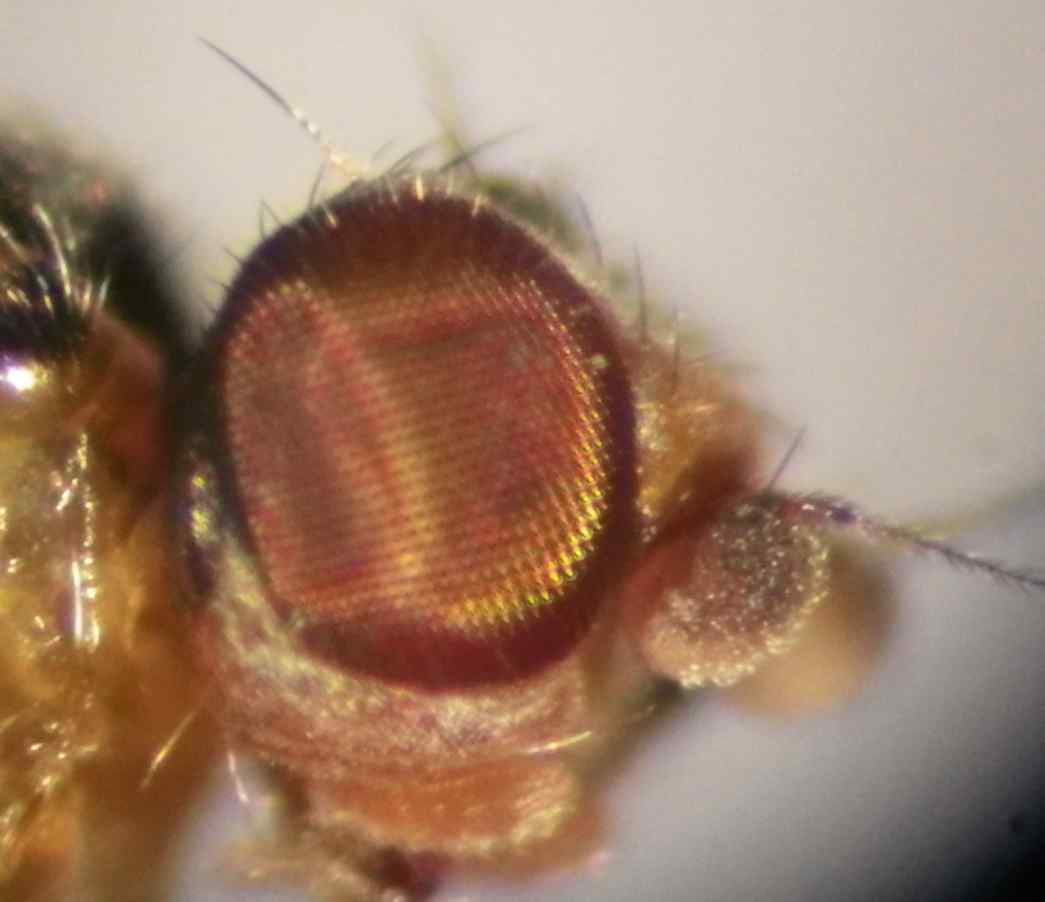 [84.62Kb] |
| Sara21392 |
Posted on 23-04-2012 00:51
|
|
Member Location: Posts: 1445 Joined: 07.11.10 |
Please look at the text, I think maybe your species is T. pygmaea, but anyway is better you compare your samples with the key yourself, directly.  (Thanks so much to Roger Thomason for his help) (Thanks so much to Roger Thomason for his help) 
Sara21392 attached the following image:  [104.34Kb] Sincerely yours Sara |
|
|
|
| mossnisse |
Posted on 23-04-2012 08:09
|
|
Member Location: Sweden, UmeƄ Posts: 442 Joined: 19.01.12 |
if it is Trachysiphonella it should be ruficeps (confluent stripes on mesonotum, dark markings on pleura, and some dark areas on femur) But when i compare with the drawings in Andersson, H. 1977 Taxonomic and phylogenetic studies on Chloropidae with special reference to Old World genera Entomologica scandinavica suplement 8. of T. scuttelaria there are several things that doesn't match. 1. the vibrisseal angle isn't that developed. 2. the carina ends halfway to epistomal field 3. the ocellar triangle is bigger 4. it has 4 not 6 scuttelar bristles He may have drawn the wrong fly? mossnisse attached the following image:  [62.14Kb] |
| Sara21392 |
Posted on 23-04-2012 11:36
|
|
Member Location: Posts: 1445 Joined: 07.11.10 |
Family of Chloropidae has a lot of variations, I myself have many samples that are different together about patterns or a few other characteristics, but they are same species. Anyway it's ok really sometimes the experts try to review references and compare them to samples and if it is necessary, they add or correct some information there...  
Edited by Sara21392 on 23-04-2012 14:55 Sincerely yours Sara |
|
|
|
| mossnisse |
Posted on 06-04-2013 07:50
|
|
Member Location: Sweden, UmeƄ Posts: 442 Joined: 19.01.12 |
Roger Engelmark got it to Dicraeus sp. |
| empeejay |
Posted on 06-04-2013 15:40
|
|
Member Location: Posts: 234 Joined: 15.05.06 |
Looks like Gaurax to me. Gaurax dubius has been reared from bracket fungi. |
|
|
|
| von Tschirnhaus |
Posted on 03-05-2013 21:32
|
|
Member Location: Bielefeld, Germany Posts: 431 Joined: 04.11.07 |
A female of a Gaurax Loew, 1863. Gaurax spp. are difficult to identify as their colouration is very variable and as no revision exists. Males possess complicated species-specific genitalia which must be dissected for exact determination. But the types of the described species partly have not yet been ordered to the published figures of genitalia. Females (more abundant than males) normally cannot be identified to the species level, only together with series of males. Several Gaurax spp. reteatedly have been reared from mushrooms/fungi, especially from polypores but also from bird nests and cones of conifers. The 3rd antennal segment of all species is shorter than deep (= high), eyes possess a metallic sheen (alife and in alcohol), the wing cell between costa and subcosta is wider than in most other Oscinellinae. Gaurax spp. are rare in sweep net samples.
Edited by von Tschirnhaus on 10-05-2013 15:53 |
Page 1 of 2: 12
| Jump to Forum: |




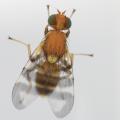
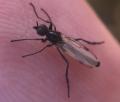

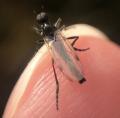
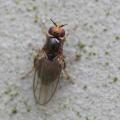


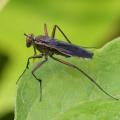


 but don't see the image in the post.
but don't see the image in the post.